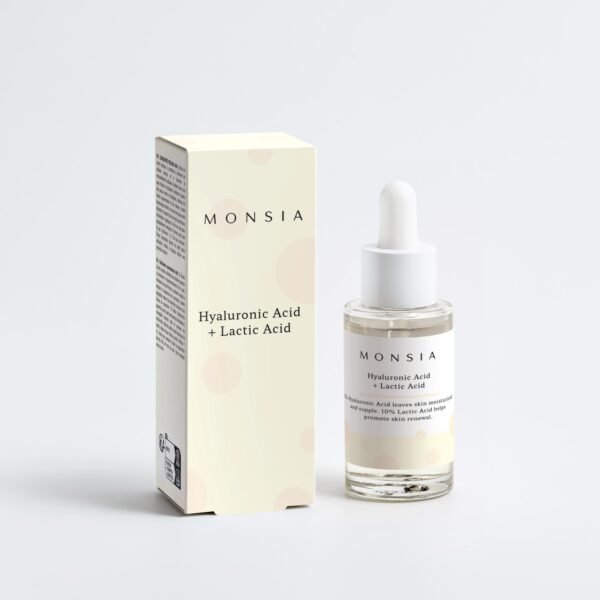In the quest for clear, vibrant skin, understanding how to effectively clean your pores is essential. Pores are tiny openings on the surface of the skin that release oils and sweat. They can become clogged with dirt, oil, and dead skin cells, leading to blackheads, acne, and a dull complexion. Fortunately, with the right approach, you can maintain clean and clear pores, enhancing your skin’s overall health and appearance. Here’s how:
1. Start with a Gentle Cleanser
Begin your skincare routine with a gentle, pH-balanced cleanser suitable for your skin type. Cleansing helps remove surface dirt, excess oil, and makeup without stripping the skin of its natural moisture. Use lukewarm water to wash your face, as hot water can irritate the skin and exacerbate problems.
2. Exfoliate Regularly
Exfoliation removes dead skin cells that can clog pores. Opt for a chemical exfoliant containing alpha-hydroxy acids (AHAs) like glycolic acid or beta-hydroxy acids (BHAs) like salicylic acid. These ingredients help dissolve the bonds between dead cells, revealing fresher skin beneath. Limit exfoliation to 2-3 times a week to prevent irritation.
3. Incorporate a Clay Mask
Clay masks are excellent for drawing out impurities and absorbing excess oil from the pores. Ingredients like kaolin or bentonite clay can purify the skin without drying it out. Apply a clay mask once a week to help keep your pores clean and minimize their appearance.
4. Use Non-comedogenic Products
Choose skincare and makeup products labeled non-comedogenic, meaning they are formulated not to clog pores. This is crucial for maintaining clear skin, especially if you are prone to acne or have oily skin.
5. Never Skip Moisturizer
Moisturizing is vital for all skin types, even oily skin. Skipping moisturizer can lead to dehydrated skin, which may increase oil production and clog pores. Opt for a lightweight, oil-free moisturizer that hydrates your skin without adding excess oil.
6. Consider Retinoids
Retinoids, derivatives of vitamin A, are powerful exfoliants that can improve skin texture and pore appearance. They speed up cell turnover, prevent clogging, and may reduce the size of the pores over time. Start with a low concentration and use as directed, since retinoids can be irritating for some skin types.
7. Stay Hydrated and Eat Healthily
What you put into your body is just as important as the products you apply to your skin. Drinking plenty of water and eating a diet rich in fruits, vegetables, and lean proteins can help your skin stay clear and vibrant. Foods high in omega-3 fatty acids, such as salmon and walnuts, are particularly beneficial for maintaining healthy skin.
8. Regular Dermatologist Visits
For persistent issues with pores or if you’re unsure about your skin type and the products to use, consult a dermatologist. They can offer personalized advice and professional treatments, such as facials or chemical peels, that can significantly improve the health and appearance of your skin.






